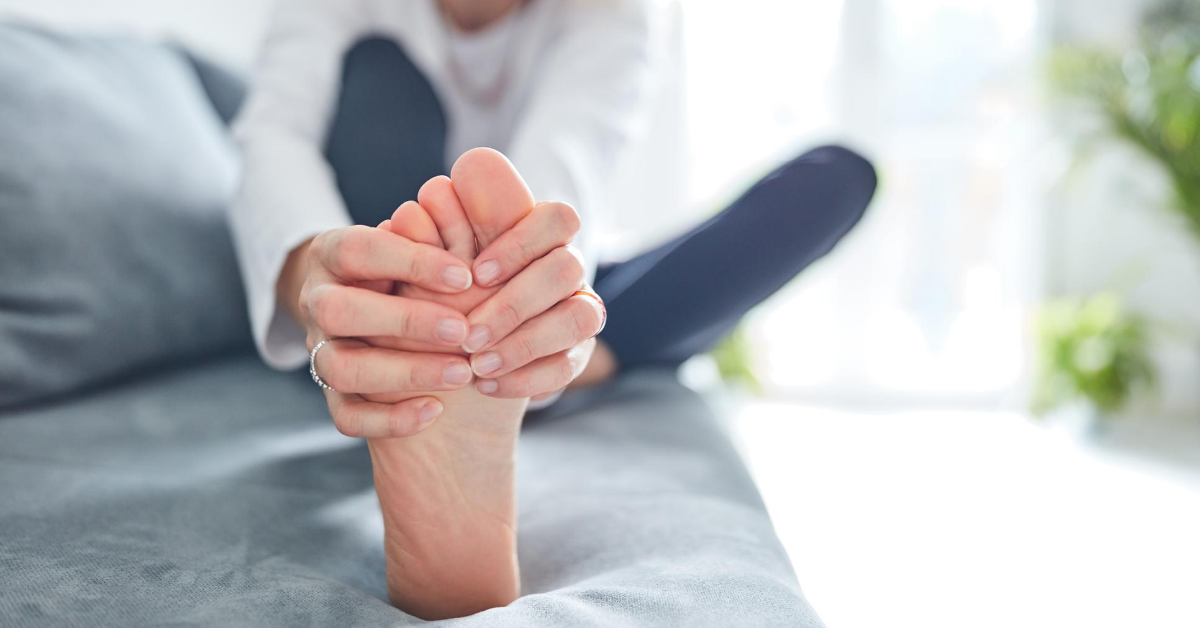
Knowing the Early Signs of PAD
When it comes to Peripheral Artery Disease (PAD), many people don’t experience any symptoms until the disease has become more advanced. For patients living with CKD, there is an increased risk of developing this condition, making it essential for you to know the signs that this condition may be developing.
What is Peripheral Artery Disease?
Peripheral Artery Disease (PAD) is a condition that develops over time, affecting blood flow to your extremities, particularly the legs. Typically, this happens when there is a narrowing of your arteries, causing a reduction of blood flow to your limbs. One of the main causes of PAD is atherosclerosis, wherein plaque formation builds up on arterial walls, reducing blood flow and even causing a blockage. Chronic kidney disease also contributes to atherosclerosis.
Signs and Symptoms to Look Out For:
As an individual living with CKD, you should be on the lookout for the following
symptoms as they can suggest the presence of PAD:
- Noticing a decreased temperature in your lower leg or foot that is different than the rest of your body.
- Wounds on your toes or feet that are healing very slowly or not at all.
- Shiny skin, sometimes with a change in color of the skin on the legs.
- Numbness or weakness of leg(s).
- Cramping that doesn’t go away when you aren’t exercising.
- Slower hair growth or hair loss on your body.
- Sores on lower extremities that won’t heal.
Although you may not have any of the above symptoms, it is recommended that CKD patients be tested for PAD as a precautionary measure. This is because CKD patients can develop the condition without showing symptoms until it has advanced significantly.
Contact Your Local Satellite Healthcare Center
If you are living with CKD and want more information about how you can be tested for peripheral artery disease (PAD), contact your
local Satellite Healthcare Center. You can also
visit our blog for more information about chronic kidney disease and as well as kidney care and wellness tips.
